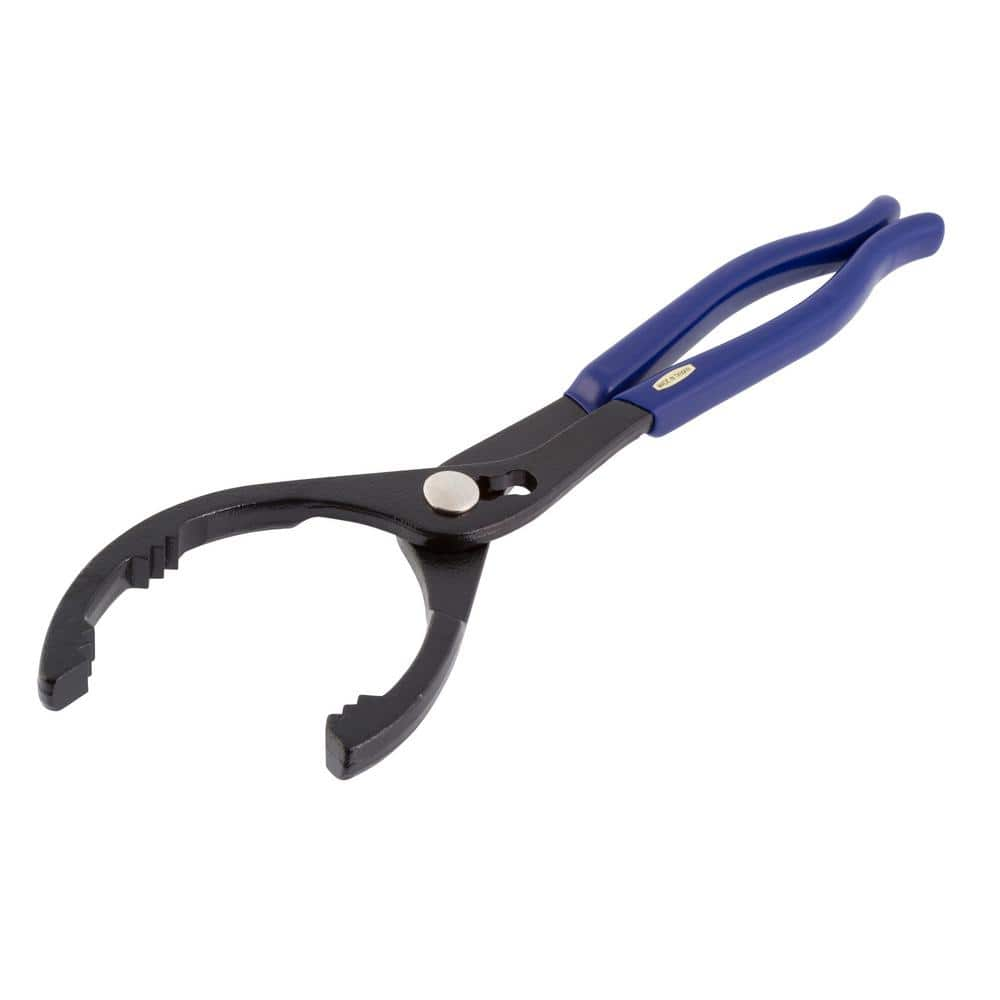- Apr 7, 2024
- 30
- Pool Size
- 27500
- Surface
- Plaster
- Chlorine
- Salt Water Generator
- SWG Type
- Jandy Aquapure 1400
I have a Jandy AquaPure PLC1400 which is going on it's 3rd season (pool completed in Summer of 2022). It has been running pretty much continuously, 14 hours per day for the last two years (11 hours x 100%, 3 hours x 10% [spa]). In the winter I believe that my system automatically stops the SWG from producing chlorine when the temp fall to a certain level.
I would like to remove my Salt Cell, inspect it for scaling, and then acid wash it (if needed). I would also like to lightly clean the salt sensor with a soft sponge or cloth (as the Jandy manual recommends).
When I first started to twist off the connector of the salt cell, I found it to be extremely tight. I first tried to twist it off with my hand but it was too tight. I then tried to gently unscrew it with a 16-inch channel lock wrench and still found it very tight. When I started to unscrew it, the entire length of pipe started to rotate. That made me very nervous, so I stopped trying to loosen it, and put the project on hold. I am sure I can unscrew the salt cell connector, but I'm worried that I'm going to damage something. Am I being too cautious?
My SWG seems to be working well generating chlorine, and I am not getting any error messages. However, at the beginning of last Summer I was getting the 120 and 121 error codes which I couldn't fix, so I called a pool guy. He removed the SWG, inspected it, and we both saw that it was caked with white deposits. He descaled it with muriatic acid, put it back in the system, and the panel was no longer displaying the error code.
Also, do you think I will need to replace the 3 O-Ring seals after I service the SWG? If so, I should probably order them before starting the project.
Another issue I have is that the salinity reading on my AquaPure panel is consistently 400-500 PPM higher than what I test with my Taylor Test kit. That is why I'm thinking of lightly cleaning the salt sensor to see if that has any effect reading. Or do you think I should simply re-calibrate the salt sensor on the panel so that it agrees with the Taylor Test kit?
Lastly, someone here recommded against using muriatic acid to descale, as it could degrade the functionality and/or lifespan of my SWG. He suggested using a popsicle stick. Would you agree? Thanks in advance
I would like to remove my Salt Cell, inspect it for scaling, and then acid wash it (if needed). I would also like to lightly clean the salt sensor with a soft sponge or cloth (as the Jandy manual recommends).
When I first started to twist off the connector of the salt cell, I found it to be extremely tight. I first tried to twist it off with my hand but it was too tight. I then tried to gently unscrew it with a 16-inch channel lock wrench and still found it very tight. When I started to unscrew it, the entire length of pipe started to rotate. That made me very nervous, so I stopped trying to loosen it, and put the project on hold. I am sure I can unscrew the salt cell connector, but I'm worried that I'm going to damage something. Am I being too cautious?
My SWG seems to be working well generating chlorine, and I am not getting any error messages. However, at the beginning of last Summer I was getting the 120 and 121 error codes which I couldn't fix, so I called a pool guy. He removed the SWG, inspected it, and we both saw that it was caked with white deposits. He descaled it with muriatic acid, put it back in the system, and the panel was no longer displaying the error code.
Also, do you think I will need to replace the 3 O-Ring seals after I service the SWG? If so, I should probably order them before starting the project.
Another issue I have is that the salinity reading on my AquaPure panel is consistently 400-500 PPM higher than what I test with my Taylor Test kit. That is why I'm thinking of lightly cleaning the salt sensor to see if that has any effect reading. Or do you think I should simply re-calibrate the salt sensor on the panel so that it agrees with the Taylor Test kit?
Lastly, someone here recommded against using muriatic acid to descale, as it could degrade the functionality and/or lifespan of my SWG. He suggested using a popsicle stick. Would you agree? Thanks in advance



